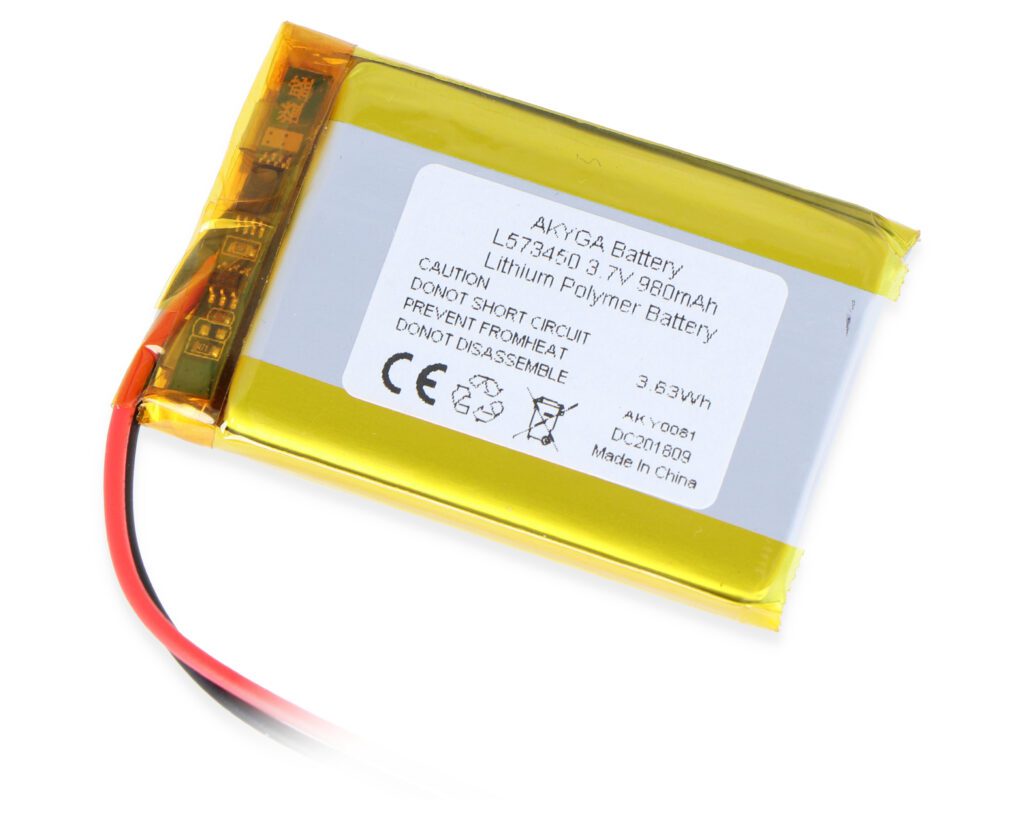Table of Contents:
There has been a lot of talk about the alleged dangers of LiPo batteries and the practices of charging, using and storing them.
Some of these criticisms are justified, others are definitely not.
Lithium-polymer batteries
Lithium-polymer batteries (AKA “LiPo”) are a type of battery now used in many consumer electronics devices.
They have grown in popularity over the past few years, especially in the radio control (RC) industry, and are the most popular choice for anyone looking for long runtime and high power. LiPo batteries offer a wide range of benefits, but as is usually the case, each user must decide whether the benefits outweigh the drawbacks.
For an increasing number of people, this is the case.
A LiPo cell has a nominal voltage of 3.7 volts. In the case of a 7.4-volt battery, this means that two cells are connected in series (meaning that the voltage is summed).
That’s why you sometimes hear it referred to as a“2S” battery pack. – this means that there are 2 cells in series.
So a pack with two cells (2S) has a voltage of 7.4 V, a pack with three cells (3S) has a voltage of 11.1 V, and so on.
To be clear – the nominal voltage is the battery’s default resting voltage.
This is how the battery industry has chosen to discuss and compare batteries.
However, this is not the voltage of a fully charged cell.
LiPo batteries are fully charged when they reach 4.2 V / cell, and their minimum safe charge is 3.0 V / cell. 3.7 V is almost in the middle and is the nominal charge of the cell.
LiPo batteries - advantages and disadvantages
Let’s take a look at the potential strengths and problems when compared to NiMH batteries.
In the case of LiPo batteries these are certainly much lighter weight and the ability to be made in almost any size or shape, higher capacity allowing them to store much more energy and higher discharge rates, which means they are more efficient.
The disadvantages, on the other hand, are a much shorter lifespan, as it averages only 150-250 cycles for LiPo, sensitive chemistry that can create a fire risk if the battery is punctured, and a general requirement for extreme caution when charging, discharging and storing.
NiMH batteries, on the other hand, have a longer life than LiPo – typically up to 1,000 cycles, less sensitivity and simpler charging procedures with simpler chargers.
However, one has to reckon with much heavier weight and limited size, lower average capacity and overall lower performance.
LiPo battery characteristics
In the “early days” LiPo batteries one could encounter a battery pack described as “2S2P”. This meant that the battery pack actually contained four cells – two cells connected in series and two more cells connected in parallel with the first two batteries .This terminology is used less and less. Modern technology allows much more energy to be stored in individual cells than was possible just a few years ago. Still, familiarity with older terms can be useful in case you come across something that is at least a few years old, or someone is still using terms that are somewhat weathered by now.
How is it in vehicles? Battery voltage essentially determines the speed of the vehicle.
Voltage directly affects the RPM of an electric motor – brushless motors are rated by kV, which means “RPM per volt.”
So if you have a brushless motor rated at 3500 kV, it will rotate at 3500 RPM for every volt applied to it.
On a 2S LiPo battery, this motor will rotate at about 25,900 rpm.
On a 3S battery, on the other hand, it will rotate at 38,850 revolutions per minute – so the higher the voltage, the faster you can go.
LiPo charging and use
LiPo batteries require specialized care.
It is important to use a charger compatible with the batteries.
They are charged using a system called CC/CV charging, from Constant Current/Constant Voltage.
Basically, the charger will keep the current or charging rate constant until the battery reaches peak voltage (4.2 volts per cell in the battery pack).
It will then maintain that voltage while reducing the current.
On the other hand, NiMH and NiCd batteries charge best using the pulse charging method.
Charging a LiPo battery in this way can have harmful effects, so it is important to have a LiPo compatible charger.
Another reason is balancing, a term we use to describe the action of equalizing the voltage of each cell in a battery pack.
We balance LiPo batteries to ensure that each cell discharges at the same rate.
This helps increase the performance of the battery.
It is also crucial for safety reasons.
Another issue is that some LiPo batteries are equipped with a JST-XH connector.
One of the biggest problems with this connector is the lack of surface area, or rather: the inability to grip the connector well.
This makes it difficult to disconnect the connector, the user usually just pulls on the wires, and this can damage or even potentially short-circuit the battery.
Most LiPo batteries should be charged rather slowly, compared to NiMH or NiCd batteries.
While a 3,000 mAh NiMH battery is routinely charged at four or five amps, a LiPo battery of the same capacity should be charged at no more than three amps.
In the colder months, it is a good idea to heat the batteries before use.
The voltage of a discharged cell is 3.2 V.
Often models operate with a voltage of 3.3-3.5 V per cell.
If the voltage of a cell falls below 2.5 V, it can be irreparably damaged.
Also, do not exceed the maximum discharge current of the battery.
Excessively high currents will cause the battery to heat up and cause a large drop in voltage, and over time such a battery can become discharged.
If we keep the mentioned good usage practices, then surely the lithium-polymer battery will serve us for a really long time.
How useful was this post?
Click on a star to rate it!
Average rating 0 / 5. Vote count: 0
No votes so far! Be the first to rate this post.




















